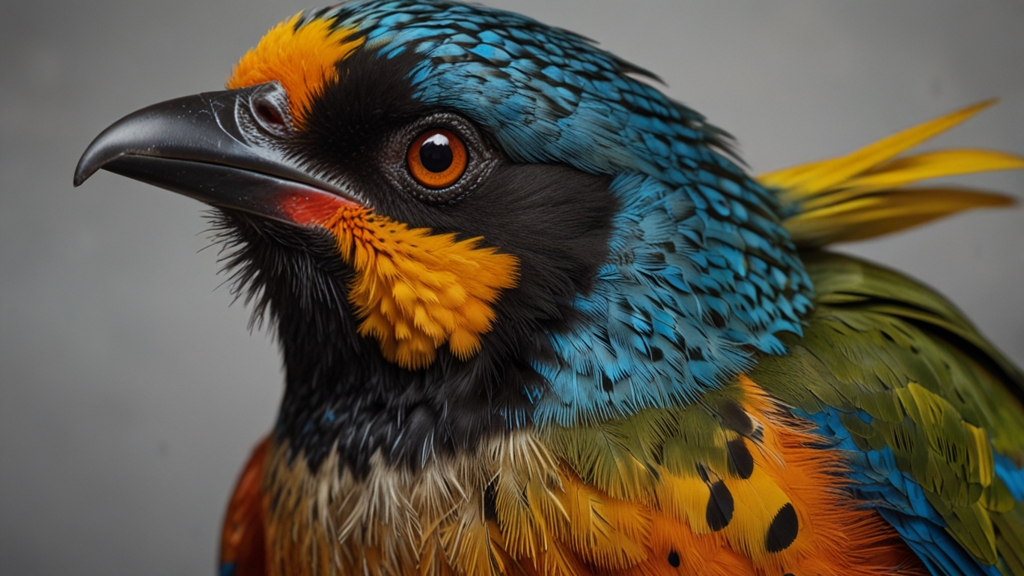Breaking News: Pets Can Understand Human Emotions
In a groundbreaking discovery that is set to redefine the bond between humans and their pets, scientists have confirmed that pets, especially dogs and cats, can understand human emotions. This revelation provides scientific backing to what many pet owners have long suspected: that their furry companions are not just responding to tones of voice or gestures but are genuinely attuned to their emotional states.
The Science Behind the Discovery
Researchers from various universities worldwide have conducted multiple studies to investigate the emotional intelligence of pets. Using a combination of behavioral experiments and brain imaging techniques, scientists observed how pets react to human emotional expressions such as joy, sadness, anger, and fear.
The results were astounding. Dogs, in particular, showed a remarkable ability to differentiate between positive and negative emotions. Their brain activity indicated that dogs processed human emotions in a part of their brain known as the amygdala, which is linked to emotion processing in both humans and animals.
"This discovery reshapes our understanding of the human-animal bond. It’s not just about companionship; it's about emotional connectivity," said Dr. Jane Goodall, an eminent ethologist and conservationist.
Case Studies: Dogs and Cats
The research extended to various pets, but the focus remained primarily on dogs and cats due to their popularity and prevalence in households. In one experiment, dog owners were asked to act out different emotions while their pets’ reactions were recorded. The dogs not only responded to their owners' emotional cues but also seemed to mirror the emotions. For instance, a joyous owner found their dog wagging its tail and jumping around, while a saddened owner witnessed their dog exhibiting signs of distress and attempting to offer comfort.
Cats, often perceived as more aloof, showed subtler yet significant signs of recognizing human emotions. While a happy tone might elicit playful behavior, an angry or sad tone would result in a more cautious and observant demeanor. This indicates that cats, too, are more in tune with human emotions than previously thought.
"Our findings suggest that while dogs have a more apparent way of expressing empathy, cats have their unique yet equally profound ways of connecting with their human counterparts," stated Dr. Emma Cross, a leading animal behaviorist.
Implications for Pet Owners
This discovery has far-reaching implications, influencing how pet owners perceive and interact with their pets. Understanding that pets can detect and respond to human emotions can lead to better emotional support systems, not only for humans but for the pets themselves. It underscores the importance of stable and positive emotional environments for pets to thrive.
Moreover, pet trainers and veterinarians can use this knowledge to develop more empathetic training and care methodologies. Recognizing that animals are sensitive to emotional feedback can lead to more effective and humane approaches in training and behavior modification.
Beyond Household Pets
The scope of this research is not limited to household pets alone. Preliminary studies suggest that other animals, such as horses and certain birds, may also possess the ability to understand human emotions. This could have significant implications for therapies involving animals, such as equine therapy and avian therapy, further validating their effectiveness in treating emotional and psychological conditions in humans.
"This is just the tip of the iceberg. We are on the brink of uncovering deeper truths about interspecies emotional intelligence," said Dr. Robert Schwartz, a cognitive neuroscientist involved in the studies.
Conclusion
The confirmation that pets can understand human emotions marks a pivotal moment in the human-animal relationship narrative. It opens new avenues for research and enriches our appreciation of the emotional complexities of animals. For pet owners, this understanding fosters a deeper connection, shifting the paradigm from mere cohabitation to a more empathetic and emotionally supportive embrace.
As we continue to explore this fascinating intersection of science and companionship, one thing remains clear: our pets are more than just friends; they are empathetic beings capable of understanding and sharing in our emotional worlds.









